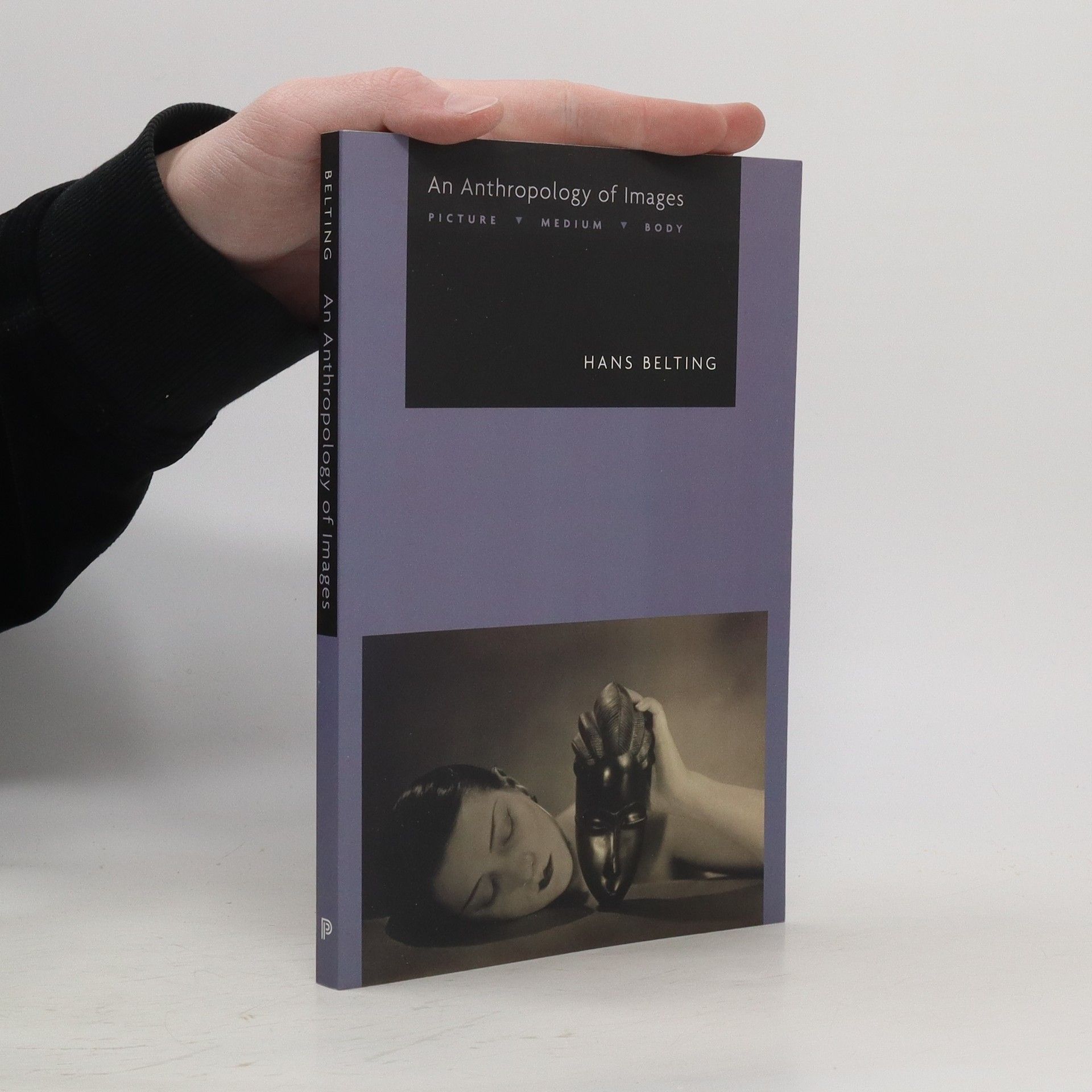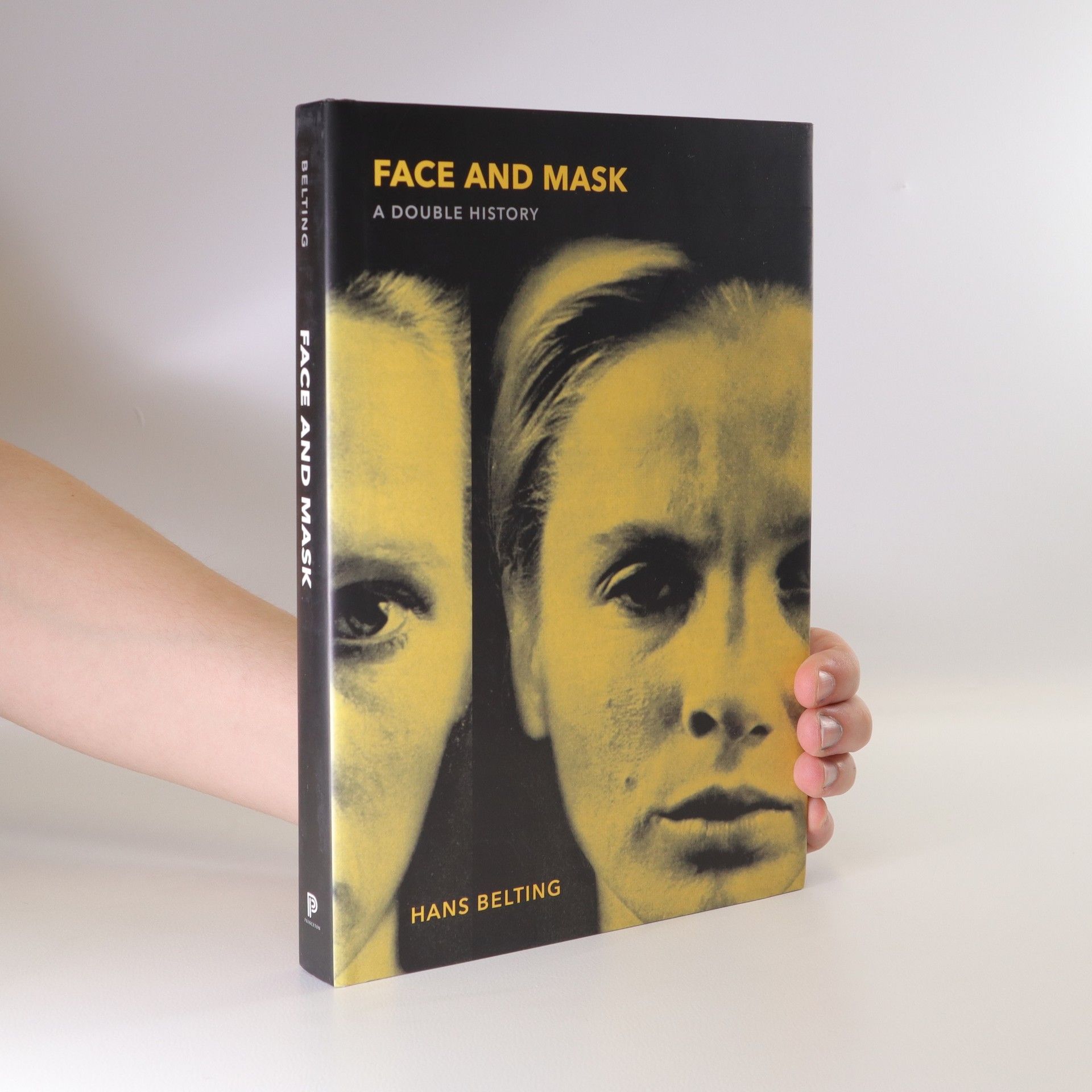Face and Mask
- 270bladzijden
- 10 uur lezen
Face and Mask: Changing Views -- Portrait and Mask: the Face as Representation -- Media and Masks: the Production of Faces
Hans Belting is een Duitse kunsthistoricus en theoreticus wiens werk zich uitstrekt over middeleeuwse, renaissance en hedendaagse kunst. Hij staat bekend om zijn bijdragen aan de beeldtheorie, waarin hij de complexe relatie tussen kunst, cultuur en perceptie onderzoekt. Beltings academische werk duikt diep in de theoretische fundamenten van visuele representatie en de impact ervan op ons wereldbeeld.







Face and Mask: Changing Views -- Portrait and Mask: the Face as Representation -- Media and Masks: the Production of Faces
Before the Renaissance and Reformation, holy images were treated not as "art" but as objects of veneration which possessed the tangible presence of the Holy. In this magisterial book, Hans Belting traces the long history of the sacral image and its changing role in European culture. Likeness and Presence looks at the beliefs, superstitions, hopes, and fears that come into play as people handle and respond to sacred images, and presents a compelling interpretation of the place of the image in Western history. "A rarity within its genre—an art-historical analysis of iconography which is itself iconoclastic. . . . One of the most intellectually exciting and historically grounded interpretations of Christian iconography." —Graham Howes, Times Literary Supplement "Likeness and Presence offers the best source to survey the facts of what European Christians put in their churches. . . . An impressively detailed contextual analysis of medieval objects." —Robin Cormack, New York Times Book Review "I cannot begin to describe the richness or the imaginative grandeur of Hans Belting's book. . . . It is a work that anyone interested in art, or in the history of thought about art, should regard as urgent reading. It is a tremendous achievement."—Arthur C. Danto, New Republic
"The Invisible Masterpiece is a history of the modern work of art, from its emergence c.1800 through to the 1960s. Before 1800, art-works were either imitative (portraits, landscapes) or narrative (history painting), but under the impact of Romantic modernity the physical object - a painted canvas, say, or a sculpture - was reinterpreted in a novel way. Now the work of art was visible testimony to the artist's attempt to achieve the impossible - absolute or ultimate art. The 'invisible masterpiece', then, is an unattainable ideal, an ideal that has both bewitched and bewildered artists." "The Invisible Masterpiece is an unusual reconstruction of the history of the work of art since 1800, in which Hans Belting explores and explains the dreams and fears, the triumphs and failures of modernity's painters and sculptors."--Jacket
"In this groundbreaking book, renowned art historian Hans Belting proposes a new anthropological theory for interpreting human picture making. Rather than focus exclusively on pictures as they are embodied in various media such as painting, sculpture, or photography, he links pictures to our mental images and therefore, our bodies.: -- Back cover
In this new book by Hans Belting, three monographic essays are united by one common problematic—the need for perspective after the end of perspective in modern art. Hans Belting not only opens up new ways of looking at the works of Marcel Duchamp, Hiroshi Sugimoto and Jeff Wall, but also deals with the concept of perspective in their work. The door that Marcel Duchamp installed in Philadelphia is a metaphor for a brilliant strategy that redirects the worn out view of perspective back to ones self. Hiroshi Sugimoto and Jeff Wall, two protagonists of photography in contemporary art, both looked through this door as they became artists and have both referenced Duchamp time and again. Belting’s analysis and surprising discoveries also open up a new way of looking at Duchamp—a lifelong experiment, in which art, in the name of perspective, is freely negotiated with the viewer. It was a bout of seasickness on a trip to Buenos Aires that gave Duchamp the impulse for his highly original reflection on horizon, perspective and gravity. Hans Belting’s very knowledgeable and coherent reasoning makes for a highly captivating book, embellished with 79 illustrations to help lead the reader through the pictorial art of perspective.
In this lavishly illustrated study, Belting deals with the double history of perspective, as a visual theory based on geometrical abstraction (in the Middle East) and as pictorial theory (in Europe). Florence and Baghdad addresses a provocative question that reaches beyond the realm of aesthetics and mathematics: What happens when Muslims and Christians look upon each other and find their way of viewing the world transformed as a result?
An interpretation of "The Garden of Earthly Delights", the luminous triptych by the Dutch painter Hieronymus Bosch, which places Bosch's vision squarely in the context of his times.
In this title, Belting examines how art is made, viewed, and interpreted today. Arguing that contemporary art has burst out of the frame that art history had built for it, Belting calls for an entirely new approach to thinking and writing about art. schovat popis
Now available in a new edition, this book explores Hieronymus Bosch’s masterpiece Garden of Earthly Delights. Few paintings inspire the kind of intense study and speculation as Garden of Earthly Delights, the world-famous triptych by Netherlandish master Hieronymus Bosch. The painting has been interpreted as a heretical masterpiece, an opulent illustration of the Creation, and a premonition of the end of the world. In this book, renowned art historian Hans Belting offers a radical reinterpretation of the work, which he sees not as apocalyptic but utopian, portraying how the world would exist had the Fall not happened. Taking readers through each panel, Belting discusses various schools of thought and explores Bosch’s life and times. This fascinating study is an important contribution to the literature and theory surrounding one of the world’s most enigmatic artists.